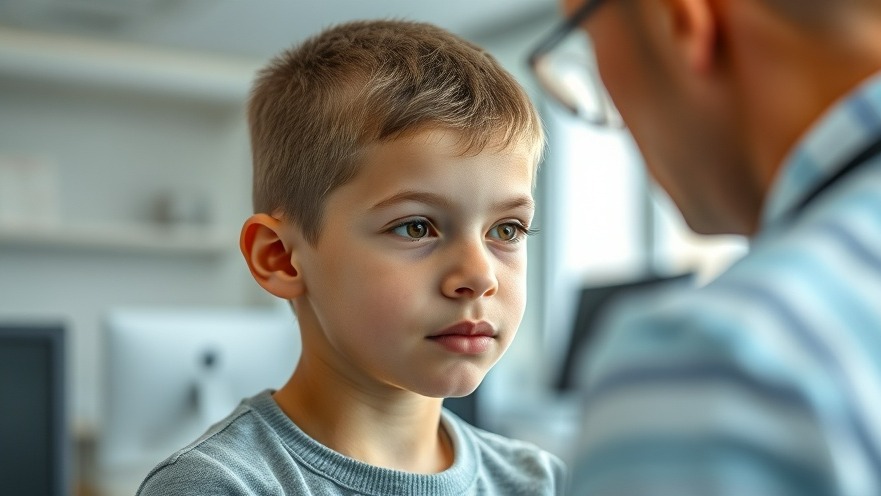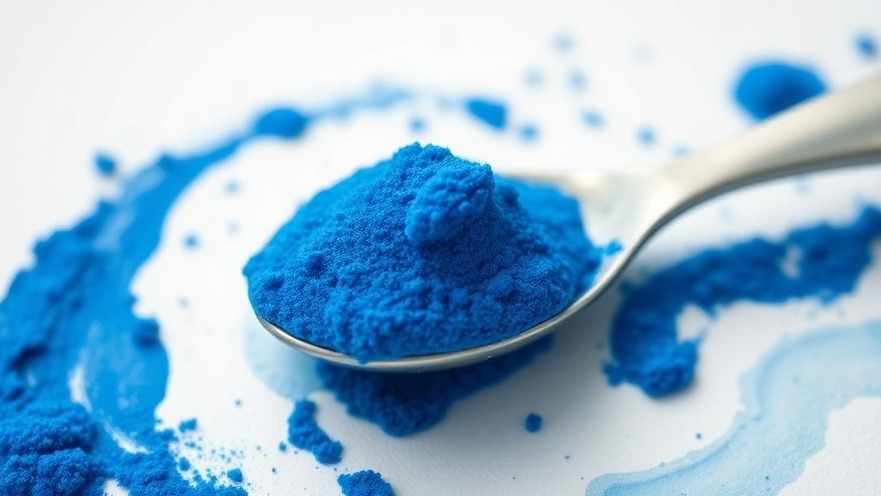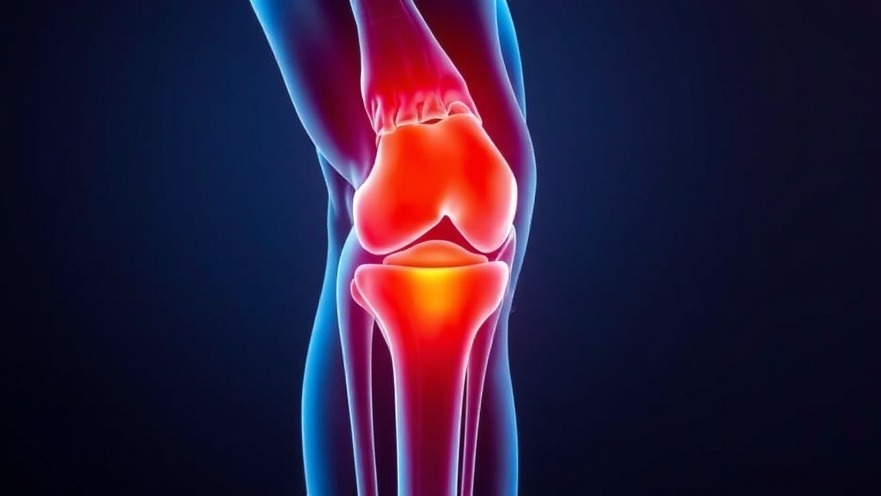
Exciting Progress in Alopecia Areata Treatment
A recent clinical trial has unveiled promising results for adolescents suffering from severe alopecia areata, which is characterized by patchy hair loss on the scalp and face. The study focused on baricitinib, a Janus kinase (JAK) inhibitor, showing that 42.4% of participants achieved over 80% scalp hair coverage after just 36 weeks of treatment.
Presenting these findings at the recent American Academy of Dermatology Annual Meeting, Dr. Thierry Passeron highlighted the study as the largest of its kind to date, encompassing 257 adolescents aged 12 to under 18. Given that alopecia areata often strikes at a vulnerable age, improving treatment options is crucial for these young patients.
Understanding Alopecia Areata
Alopecia areata is an autoimmune condition where the immune system mistakenly attacks hair follicles, leading to hair loss. Adolescents are particularly affected due to the emotional and psychological challenges associated with hair loss during formative years. The BRAVE-AA-PEDS study aimed to assess the efficacy of orally administered baricitinib, which had previously been approved for adults with the same condition.
A Closer Look at the Data
The study’s primary endpoint was the Severity of Alopecia Tool (SALT) score, which measures hair regrowth. At the outset, participants had a mean SALT score indicative of very severe hair loss (around 90%). By week 36, remarkable changes were observed; not only did 42.4% achieve significant regrowth on their scalps, but eyebrow and eyelash regrowth also became apparent for many of those treated with the 4 mg dosage, showcasing a holistic benefit of the treatment.
The Need for Alternative Treatments
Despite the FDA's recent approval of ritlecitinib, another JAK inhibitor for adolescents, Dr. Passeron emphasized the necessity for more therapeutic options. The study revealed that the JAK inhibitor class could provide different outcomes, meaning one treatment failure may not predict another. This notion is especially crucial as many adolescents have previously tried and failed other therapies.
Safety Profile and Future Directions
The safety profile of baricitinib aligns with previous clinical trials, with a consistent report of treatment-emergent adverse events like headache and acne. Importantly, only one serious adverse event was documented, addressing concerns regarding the medication's safety for younger patients.
Conclusion: A New Hope for Patients
These findings signal hope for many children and adolescents battling severe alopecia areata. As baricitinib demonstrates its effectiveness, it could become an invaluable addition to treating this challenging condition. For concierge medical practices, staying informed about these advancements is essential as they navigate the needs of their patients, ensuring they provide comprehensive care. The positive results from the BRAVE-AA-PEDS study may allow for more meaningful support for young patients facing alopecia areata, potentially transforming their treatment journeys.
For those in the medical community, understanding and applying the latest in alopecia treatments can enhance patient relationships and maintain your standing as a leading concierge practice.
 Add Row
Add Row  Add
Add 






Write A Comment